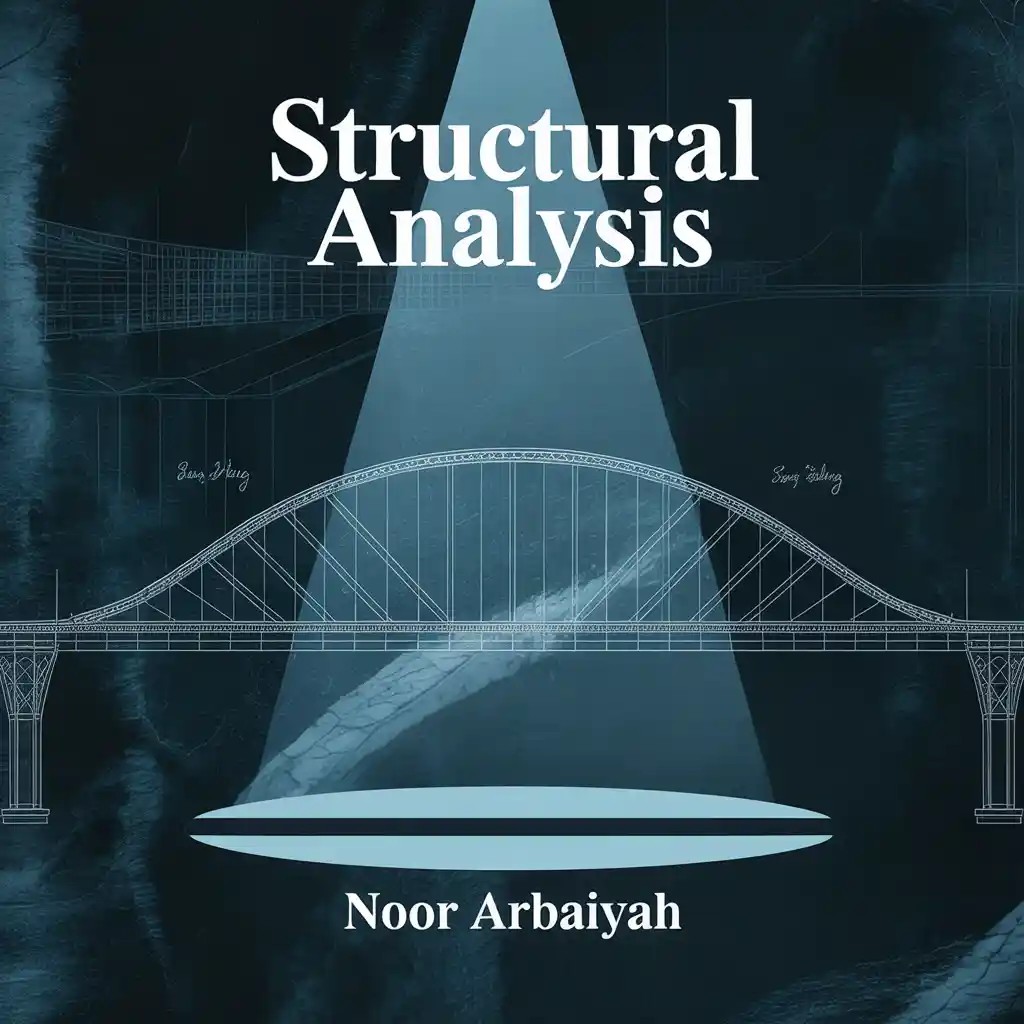
Topic 3: Statically Indeterminate Structure
TOPIC 3: Statically Indeterminate Structure
A statically indeterminate structure is a structure in which the static equations of equilibrium alone are insufficient to determine all internal forces and support reactions. This means that, in addition to the equilibrium equations, it is necessary to consider compatibility conditions and the deformation behavior of the structure to fully analyze it.
3.1 Definition and Characteristics
A structure becomes statically indeterminate when the number of unknown reactions or internal forces exceeds the number of independent static equilibrium equations available. For example, in a planar structure, if there are more than three unknowns (since (\sum F_x = 0), (\sum F_y = 0), and (\sum M = 0)), the structure is considered indeterminate to the degree of indeterminacy:
- Degree of Indeterminacy is the number of unknowns minus the number of independent equilibrium equations.
Statically indeterminate structures generally have additional supports or members, which provide extra strength and redundancy but complicate the analysis process.
3.2 Examples of Statically Indeterminate Structures
Common examples of statically indeterminate structures include:
- Fixed-Fixed Beam: A beam with both ends fixed into walls is indeterminate because the number of unknown reactions exceeds three, requiring the use of additional compatibility equations based on the deformation of the beam.
- Continuous Beam: A beam supported on more than two supports is indeterminate, as the reactions at the supports cannot be found by equilibrium alone.
- Frame Structures: Rigid frames with multiple connections and supports often have more unknowns than equilibrium equations, making them indeterminate.
- Redundant Trusses: Trusses with extra members beyond those needed for structural stability require deformation considerations for analysis.
3.3 Methods of Analysis
To analyze statically indeterminate structures, engineers employ additional methods beyond static equilibrium, such as:
- Force Method: Also called the Method of Consistent Deformations, where redundant forces are determined by considering compatibility and structure deformation.
- Displacement Method: Such as the Slope-Deflection Method or Moment Distribution Method, which analyze the structure based on displacements and rotations at the joints.
- Finite Element Analysis (FEA): Widely used in modern engineering for complex indeterminate structures, using computer-based numerical methods.
3.4 Importance and Advantages
Statically indeterminate structures offer several advantages over determinate structures, including:
- Redundancy: The presence of surplus supports or members increases a structure’s ability to withstand the failure of individual elements.
- Structural Efficiency: Indeterminate structures often use materials more efficiently, resulting in lighter and more economical designs.
- Reduced Deflections: Additional restraints help to limit deformations and improve structural performance under various loading conditions.
3.5 Limitations
Despite their advantages, statically indeterminate structures require more complex analysis and design, with careful consideration of material properties, support settlements, and temperature effects. Errors in construction or unexpected support movements can induce unanticipated internal forces.

